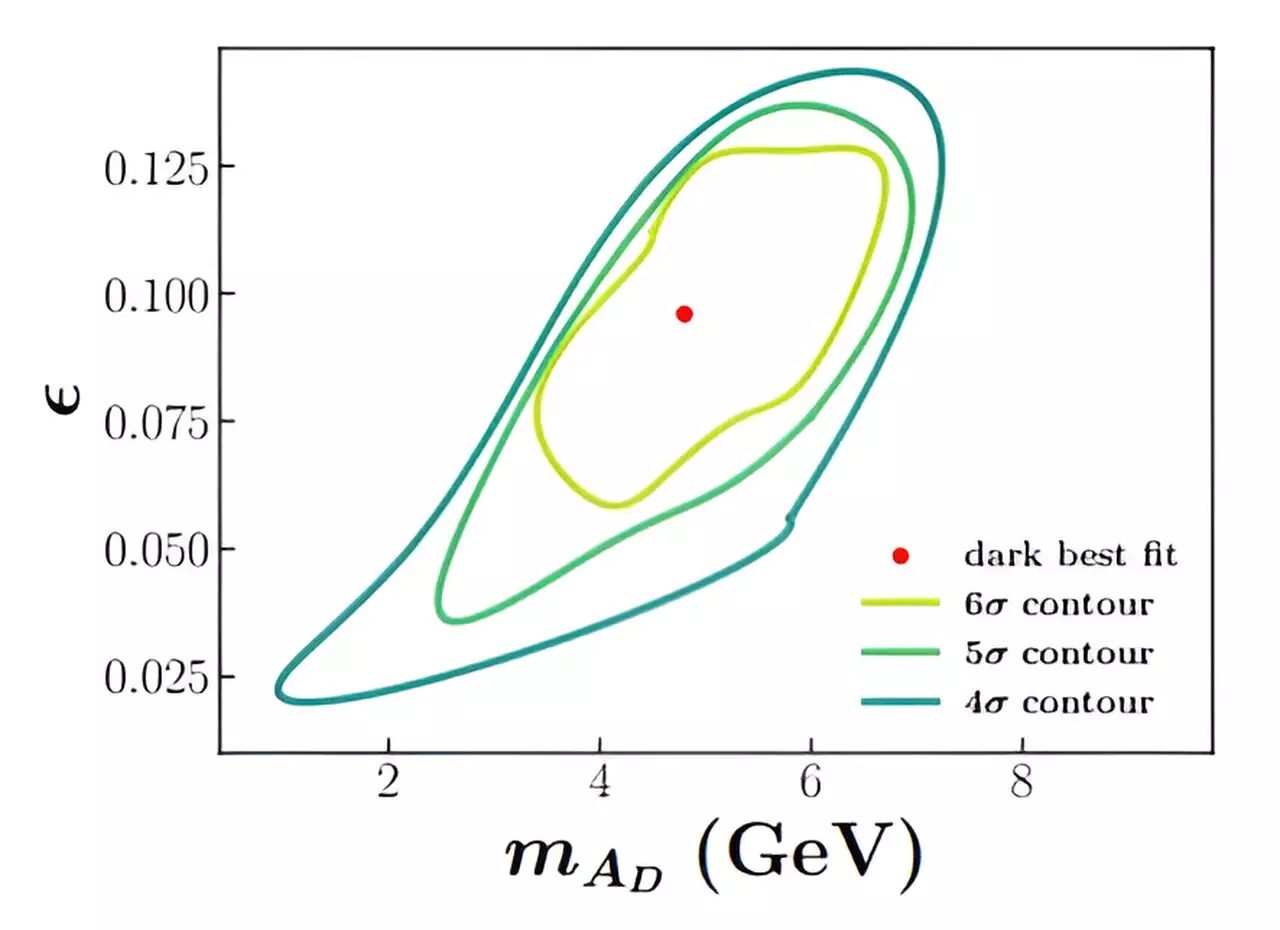The universe holds many mysteries, and one of its greatest enigmas is the nature of dark matter. Comprising 84% of the matter in the universe, dark matter remains largely elusive to scientists. Despite its gravitational interactions confirming its existence, the precise nature of dark matter continues to confound the scientific community. Researchers from the University of Adelaide, led by Professor Anthony Thomas, are at the forefront of the quest for insights into this mysterious substance.
Among the various theories proposed to unravel the mystery of dark matter, the concept of the dark photon holds potential. The dark photon is a hypothetical particle that could act as a bridge between the dark sector of particles and regular matter. While regular matter, which constitutes ourselves and the physical world we inhabit, is comparatively scarce, there exists five times more dark matter. Understanding dark matter is an immense challenge for physicists worldwide, and the dark photon serves as a means to shed light on this elusive substance.
Professor Thomas, along with his colleagues Professor Martin White, Dr. Xuangong Wang, and Nicholas Hunt-Smith, are members of the Australian Research Council (ARC) Center of Excellence for Dark Matter Particle Physics. These scientists are dedicated to testing existing theories about dark matter in their mission to uncover its secrets. Their latest study revolves around analyzing the potential effects of a dark photon on experimental results obtained through deep inelastic scattering.
Deep inelastic scattering is a process employed in particle physics to explore the inner workings of particles like protons and neutrons. By accelerating particles to extreme energies and observing the by-products of their collisions, scientists can gather evidence about the structure of the subatomic world and the governing laws of nature. In their study, the team from the University of Adelaide collaborated with researchers from the Jefferson Laboratory in Virginia, USA.
Utilizing the Jefferson Lab Angular Momentum (JAM) parton distribution function global analysis framework, the researchers modified the existing theoretical framework to accommodate the possibility of a dark photon’s influence. By examining the complete set of experimental results from deep inelastic scattering, Professor Thomas and his team aim to gain further insights into the mysterious nature of dark matter.
The team’s findings have now been published in the Journal of High Energy Physics, adding to the collective knowledge of the scientific community. The study not only highlights the ongoing pursuit of understanding dark matter but also showcases the collaborative efforts of researchers worldwide in unraveling the secrets of the universe.
The quest for knowledge about dark matter continues to captivate the scientific community. Through investigating the potential effects of a dark photon in deep inelastic scattering processes, Professor Anthony Thomas and his team at the University of Adelaide are shedding new light on this elusive substance. The findings of their research contribute to the collective understanding of dark matter and serve as another step forward in the unending pursuit of unraveling the mysteries of the universe.


Leave a Reply